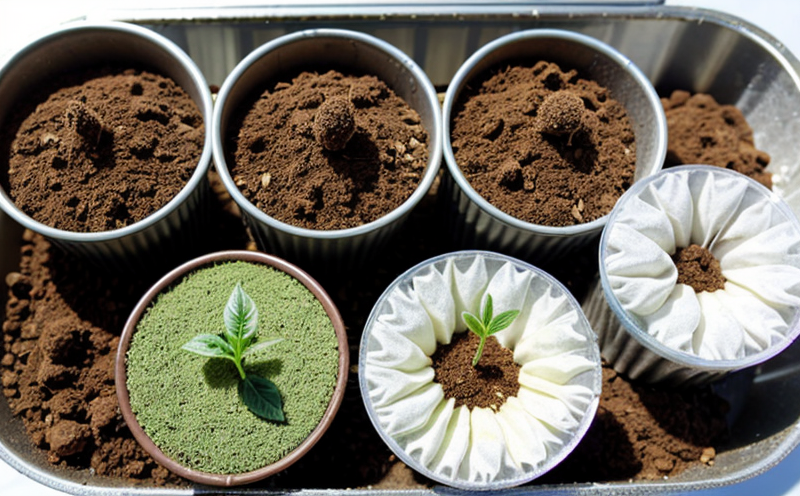Seed Moisture Content Testing
The testing of seed moisture content is a critical component in ensuring quality and performance across various agricultural sectors. This testing helps to determine whether seeds are suitable for planting, storage, or further processing. Excessive moisture can lead to mold growth, reduced viability, and poor germination rates, which can have significant economic impacts on farmers and industry stakeholders. Conversely, low moisture levels may cause seed deterioration and nutrient loss.
The primary aim of this test is to ensure that seeds are stored under optimal conditions, which typically requires a moisture content between 13% to 14%. This range helps to prevent microbial growth while maintaining the seed's viability. The testing process involves precise measurement using specialized instruments designed for agricultural applications.
One of the most common tools used in this procedure is the oven-drying method, where seeds are weighed before and after drying at a specific temperature (usually 105°C) until constant weight is achieved. This method provides accurate results but requires time and energy. Alternatively, near-infrared spectroscopy (NIRS) can be employed for faster analysis without compromising accuracy.
The importance of this testing cannot be overstated as it directly influences the success rate of crop establishment. Poorly dried seeds may germinate poorly or not at all, leading to wasted resources and potential financial losses. By ensuring proper moisture content through rigorous testing procedures, farmers can improve their chances of successful planting and higher yields.
Furthermore, accurate seed moisture determination plays a crucial role in regulatory compliance. Regulatory bodies often mandate that seeds meet certain standards regarding moisture content as part of quality assurance measures. Adhering to these regulations ensures that products are safe for use and meets consumer expectations.
Environmental and Sustainability Contributions
- Reduction in food waste: Properly dried seeds have better germination rates, which translates into higher crop yields. This reduces the amount of food that goes to waste.
- Promotion of sustainable farming practices: Ensuring seed quality through moisture content testing encourages farmers to adopt more sustainable agricultural methods.
By maintaining optimal moisture levels in seeds, we contribute to a more efficient use of resources and promote ecological balance. This not only benefits the immediate environment but also supports long-term sustainability goals within agriculture.
Competitive Advantage and Market Impact
In today’s competitive market, maintaining high standards in seed quality is essential for gaining a competitive edge. Farmers who invest in thorough moisture content testing can expect several advantages:
- Better Crop Yields: Ensuring seeds are free from excess moisture leads to better germination rates and ultimately higher crop yields.
- Increased Farmer Satisfaction: Providing consistently high-quality products enhances customer satisfaction, fostering long-term relationships with clients.
Achieving these benefits not only strengthens brand reputation but also opens up new market opportunities. By demonstrating commitment to quality and sustainability, businesses can attract a broader range of customers interested in eco-friendly practices.
Use Cases and Application Examples
- Crop Protection: Ensuring seeds are free from excess moisture helps prevent mold growth, which can damage crops even before they reach maturity.
- Supply Chain Management: Accurate moisture content testing ensures that only high-quality seeds make it into the supply chain, reducing risks and improving overall efficiency.
In addition to these practical applications, this service also supports broader sustainability initiatives aimed at reducing waste and promoting responsible resource management. These efforts are crucial in addressing global challenges related to food security and environmental preservation.





